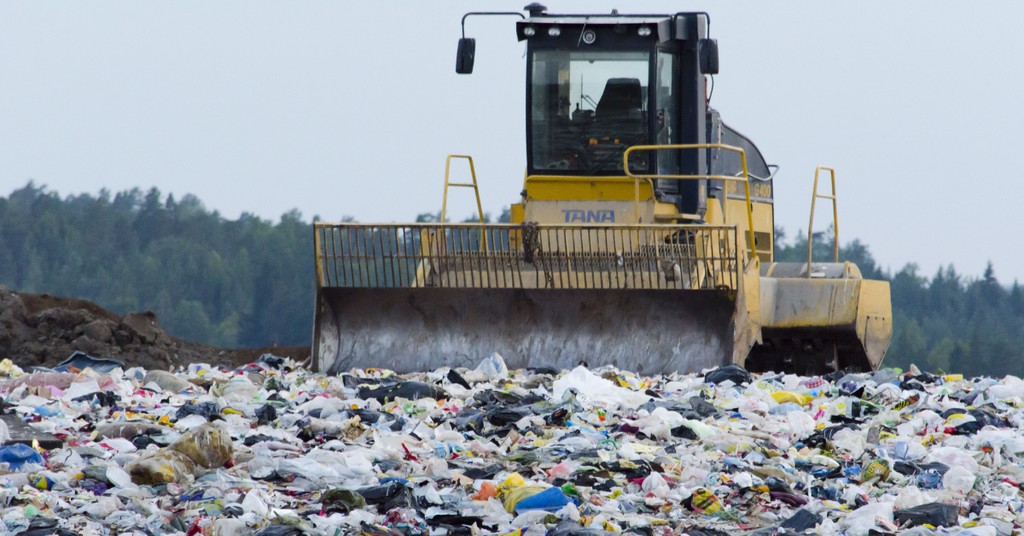The Human Cost of Fast Fashion

The fast fashion movement has grown in recent years with $99 billion spent globally in 2022 alone. Fast fashion consumers are buying clothes more often and using them less, contributing to a large amount of clothing ending up in landfills. One solution to this could be found in upcycling, which uses already-existing materials to produce new products, minimizing waste in both production and the end of a product’s life.
What Is Fast Fashion?
Fast fashion produces clothing and other fashion accessories quickly to keep up with ever-changing trends. This method of fashion production attempts to satisfy the needs of consumers in search of cheap, stylish options. Because of its quick production and cheaper price tag, the quality of the clothing and fashion accessories is significantly lesser.
Any type of fashion or fashion accessory can be produced through fast fashion, contributing to the industry’s harmful effects on the environment. Because the quality is lesser, items like handbags have a shorter lifespan because of the need for a durable material. Consumers could find much more use out of a strong, upcycled tote bag than a cheaper fast fashion bag that cannot withstand the weight of what you may want to carry.
Why Is Fast Fashion Bad?
The biggest problem with fast fashion is the amount of waste in both fashion and resources used during production. High demand globally for trendy yet cheap fashion has made it difficult to combat fast fashion and its harmful effects on the ecosystem.
According to a report from the Princeton Student Climate Initiative, approximately 20% of global wastewater is attributed to textile dyeing. Because of toxic chemicals used in this process, the water cannot be treated for reuse.
When clothing is created to follow current trends, that means it also goes out of style when that trend does. This only makes it desirable for shorter time periods. When fast fashion clothing items go out of style, they are often discarded. Fast fashion clothing is hard to break down over time, leading to a global issue in increasing landfills.
Pollution
It takes a lot of energy to produce clothing in factories. The global fashion industry accounts for 1.3 billion tons of CO2 per year. Through fast fashion, this number goes up. If consumers bought higher-quality, more sustainable clothing, the amount of greenhouse gasses emitted from the fashion industry per year would drastically decrease. Upcycled fashion contributes to the solution by repurposing already-existing materials without contributing additional pollution from more production.
Pollution into the ocean is another major issue from the fast fashion industry. Harmful wastewater from fast fashion often ends up in the ocean, where it can harm entire underwater ecosystems with toxic chemicals.
Waste
Waste comes in several forms in the fashion industry. For one, when a consumer no longer wants their clothing or fashion accessory, it often ends up discarded, which can leave clothing in landfills. Production also accounts for wasted resources, such as water that cannot be reused when exposed to toxic chemicals that create dyes.
For bags, waste can also come from single-use plastic bags. In the U.S., eight states have already banned or placed strict regulations on single-use plastic bags: California, Connecticut, Delaware, Hawaii, Maine, New York, Oregon, and Vermont. This makes choosing a durable, high-quality reusable bag even more essential.
Fast Fashion Quality vs. Upcycling
Because fast fashion is made quickly to keep up with trends, it sacrifices much of the quality seen in fashion that is handmade, upcycled, or sustainable. Fast fashion is designed to last only as long as ever-changing trends. It is discarded much faster because of the cheaper quality during its production.
Upcycling uses materials of higher quality that can be repurposed for a new product. These materials are often durable materials, such as PVC, that can last for years to come. On the Road Again uses deadstock and remnant materials to upcycle for tote bags and other home goods. The longevity of deadstock and remnant materials varies depending on what type of material it is.
Upcycling: The Sustainable Solution to Fast Fashion
Upcycling is a major solution to the contributed waste and pollution of the fast fashion industry. It does not require the amount of resources that fast fashion does because it repurposes already-existing materials. This can reduce landfill waste, wastewater from production, greenhouse gasses and more.
The best part about upcycling is its ability to continue changing to suit the needs of consumers. It is a creative way to take material that has already been used and create something brand new, stylish, and useful. Oftentimes, the quality of the new product is even better than it was before. Upcycling refreshes old materials, such as PVC, without wasting durable material that can be used in a new product.


Leave a comment